There are various historical figures of funding by source at the end of Chapter 5 - we have seen some of these earlier in their updated forms, but here are updated versions of those figures.
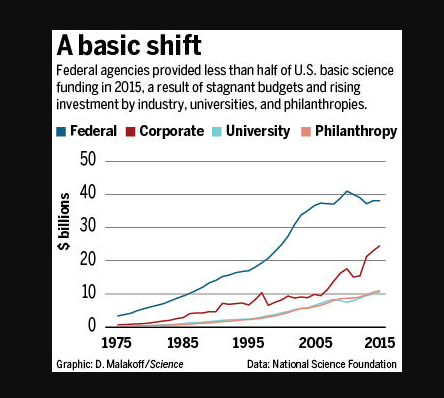
Note the industry inflection point around 2005 as well as the flattening of the Federal contribution. And this is for basic science not total R&D. The fact that Industry is by 2015 investing 2.5 times more into basic science than University's are may well be a bad sign. Why get a PHD - does that really grant better access to basic science research now?
The increasingly large contribution from industry is also seen for total R&D: What implications does have for the development of science policy?
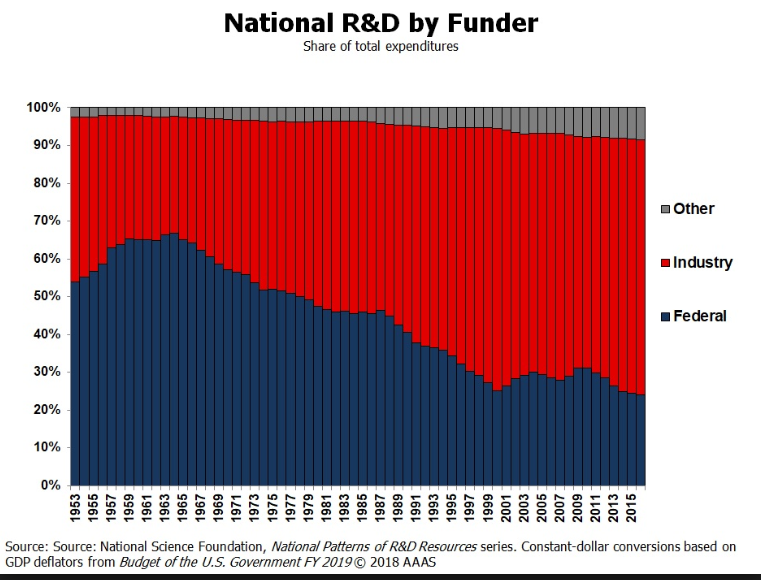
The agencies oblicated to providing funding for basic research (basic reserach is NOT applied research) and their committed dollar amounts are shown in the Figure below. Note that NASA is low here compared to their total budget since this does NOT include the Astronaut Program:
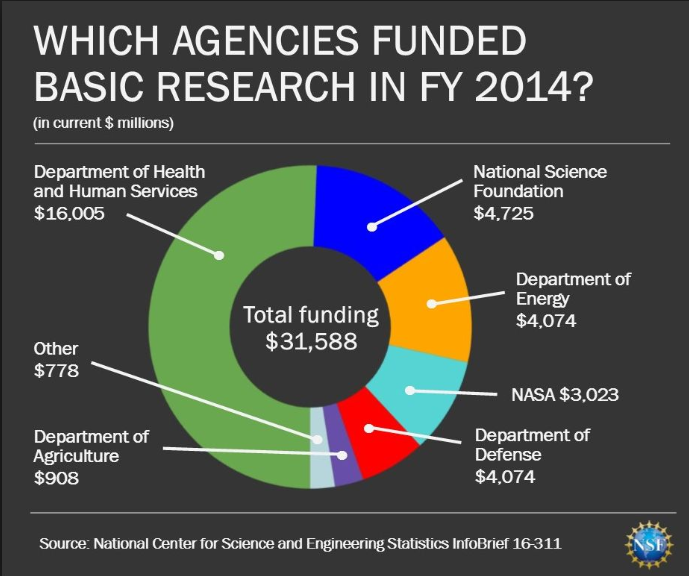
Update from here: https://www.nsf.gov/statistics/2019/nsf19321/overview.htm
In FY 2018, six agencies accounted for 97.7% ($32.9 billion) of all federal obligations for basic research. Although HHS and NSF have traditionally accounted for the largest shares of federal basic research obligations, their respective shares of funding for basic research declined between FY 2017 and FY 2018. Specifically, HHS funded half (49.6% or $16.7 billion) of all federal obligations for basic research in FY 2018, a slight decrease from its 50.2% share ($16.7 billion) in FY 2017. DOE's share of basic research in FY 2018 increased to 14.6% ($4.9 billion), up from 13.5% ($4.5 billion) in FY 2017. DOE became the second-largest funder of basic research in FY 2018. As a result of both a 9.7% decrease in NSF basic research obligations and a 9.7% increase in basic research funding by DOE, NSF funded 12.7% ($4.3 billion) of all federal basic research obligations in FY 2018, down from 14.2% ($4.7 billion) in FY 2017. USDA's share of basic research remained steady at about 3.0% ($1.0 billion).
Overall the image below best sums up the recent situation

Funding for basic research is essentially flat.
Basic research competes directly with life sciences, and
that is largely flat as well.
The federal budget for FY2018 was 4.1 Trillion dollars, out of that
34 billion went to basic research; 0.8%  this is not a scientifically literate country's response to the need for
basic research. this is not a scientifically literate country's response to the need for
basic research.
As for defense funding, there are many ways to index it and visually some ways make the situation better than others. Remember about pre-conceived notions. Virtually everyone thinks that DOD funding is a much larger percentage than it actually is.
To date, in the American public and in Congess and the Policy Making world, Perception is not yet been replaced by real data
proving otherwise.
Now on to representing defense spending in different ways:
Absolute Dollars for Shock Value - note Bush/Obama Slope response to global terorism threat
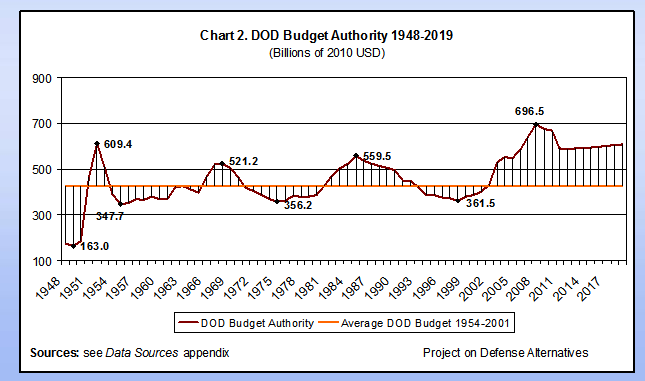
Total Share of Federal Funding as calculated by DOD
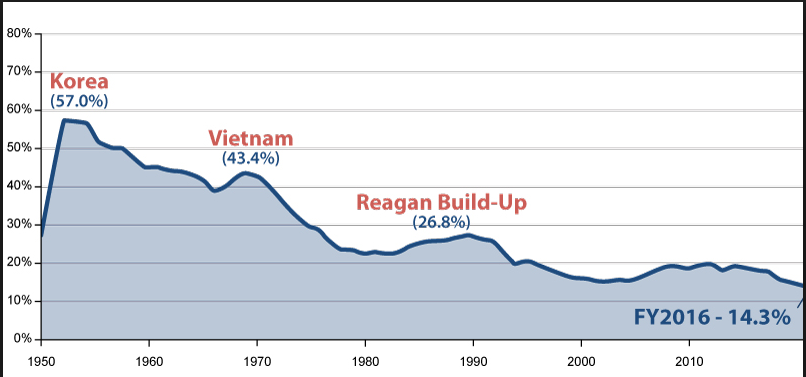
Also by DOD
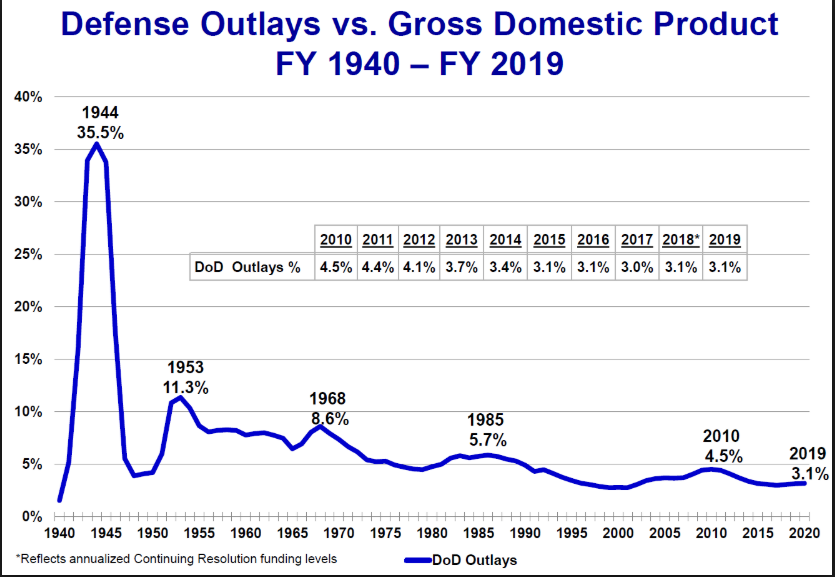
An Independent Approach to highly Trump Bashing

The Heritage Foundation
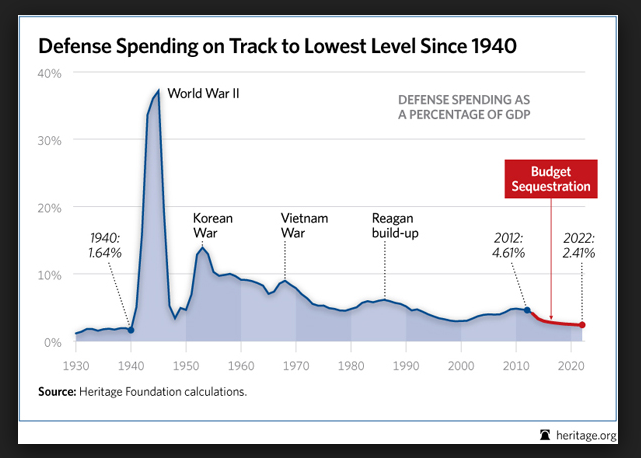
More "threat" lenses:
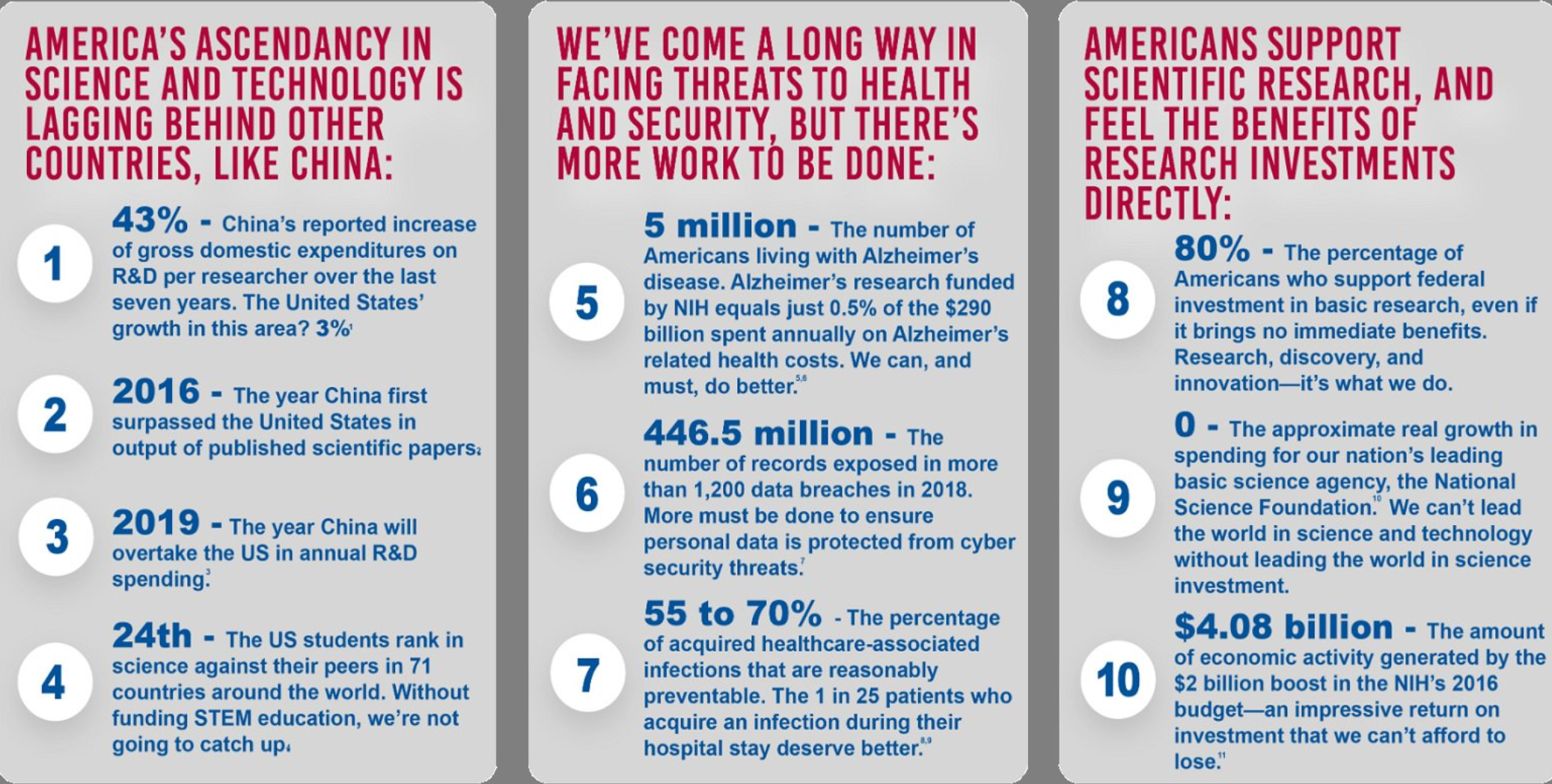
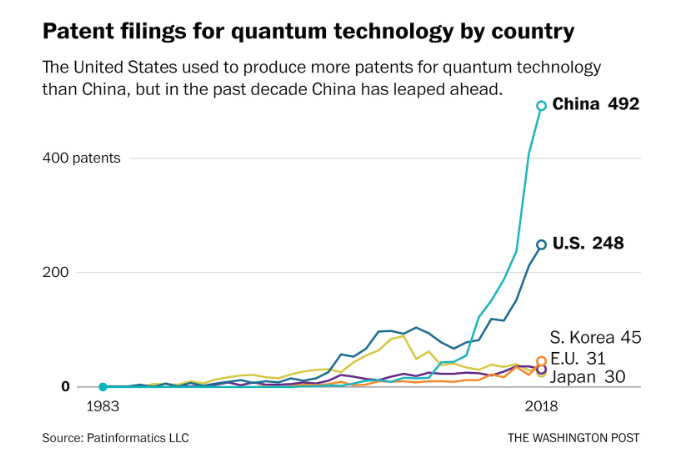
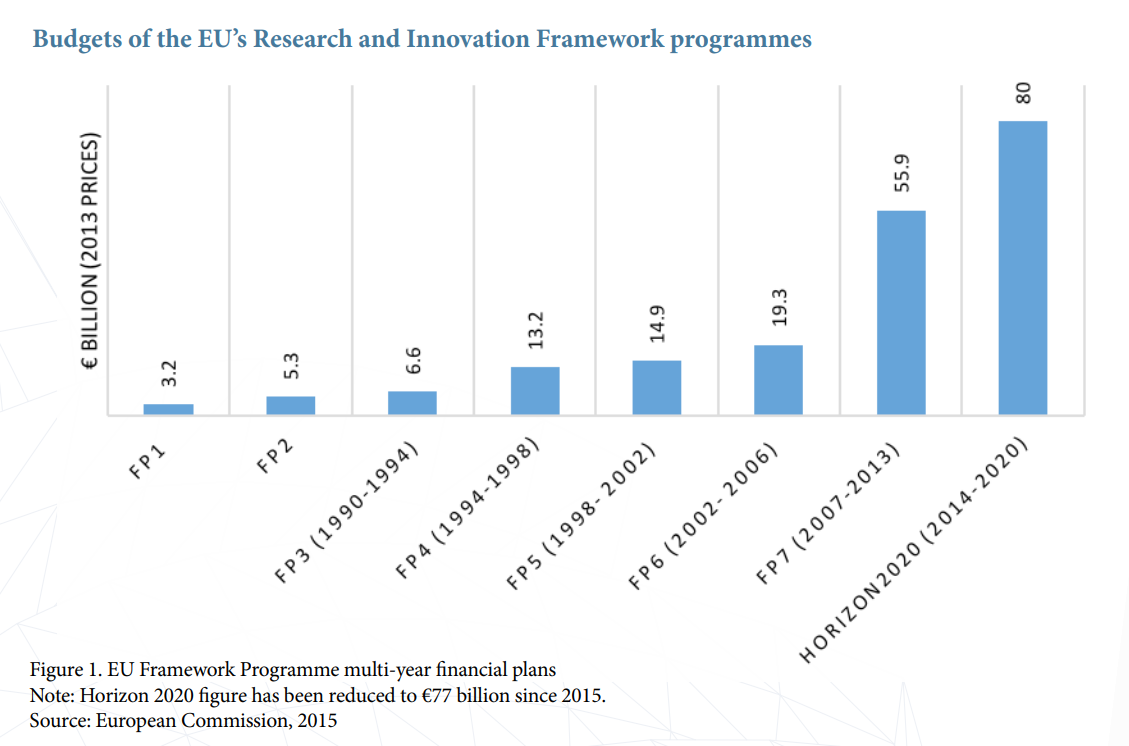
|

 this is not a scientifically literate country's response to the need for
basic research.
this is not a scientifically literate country's response to the need for
basic research.